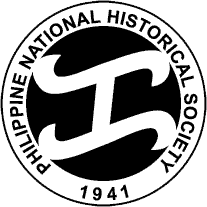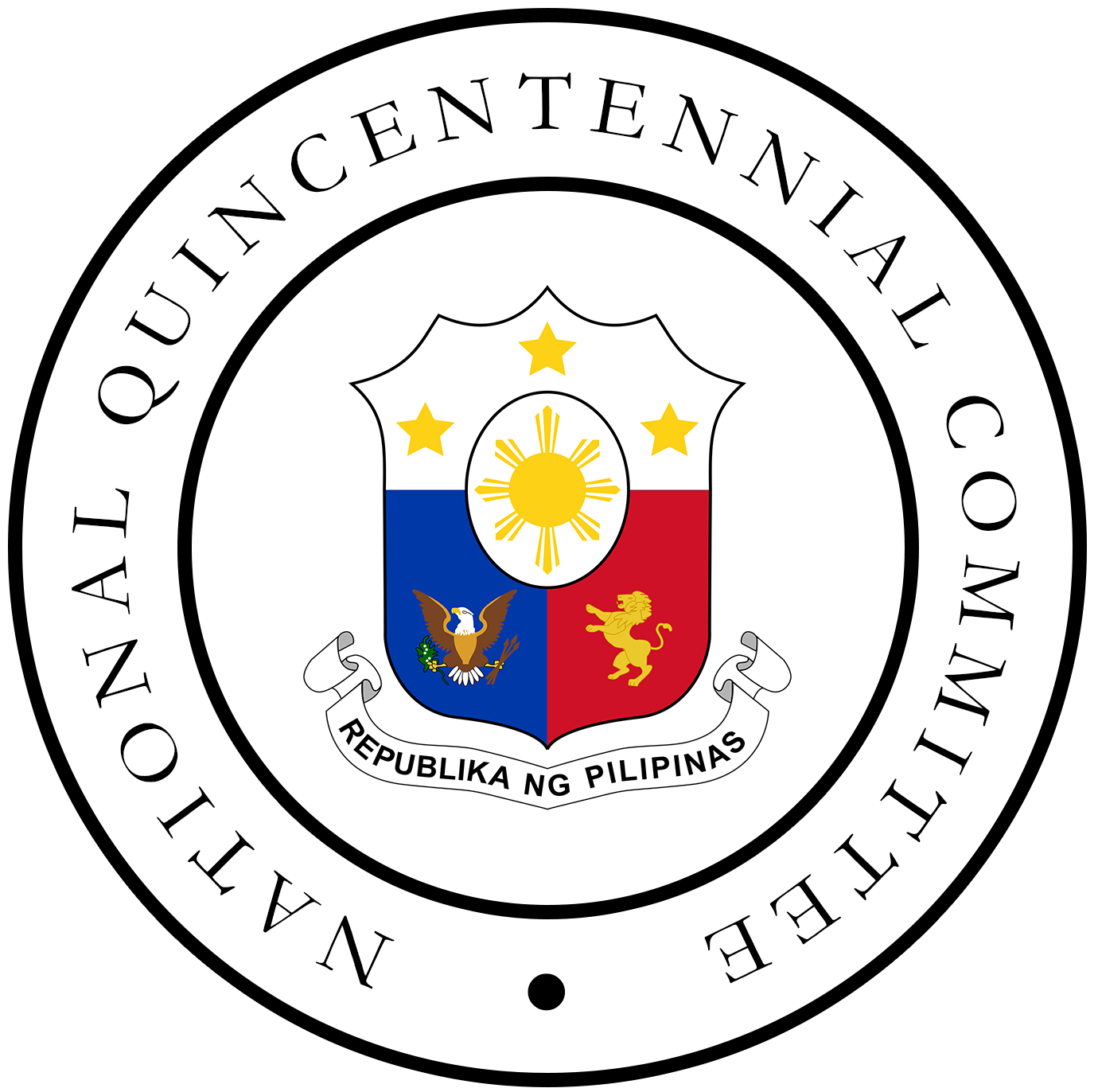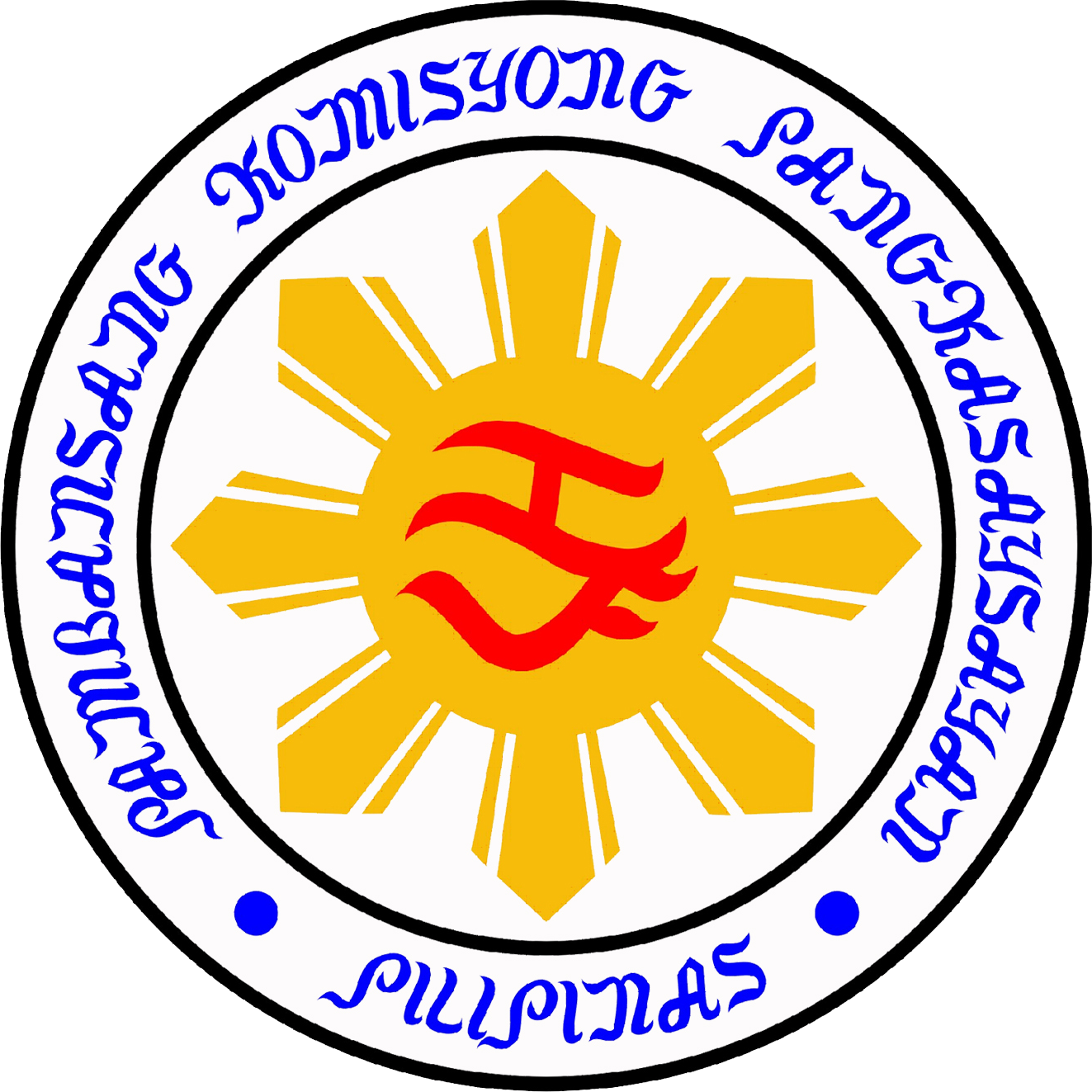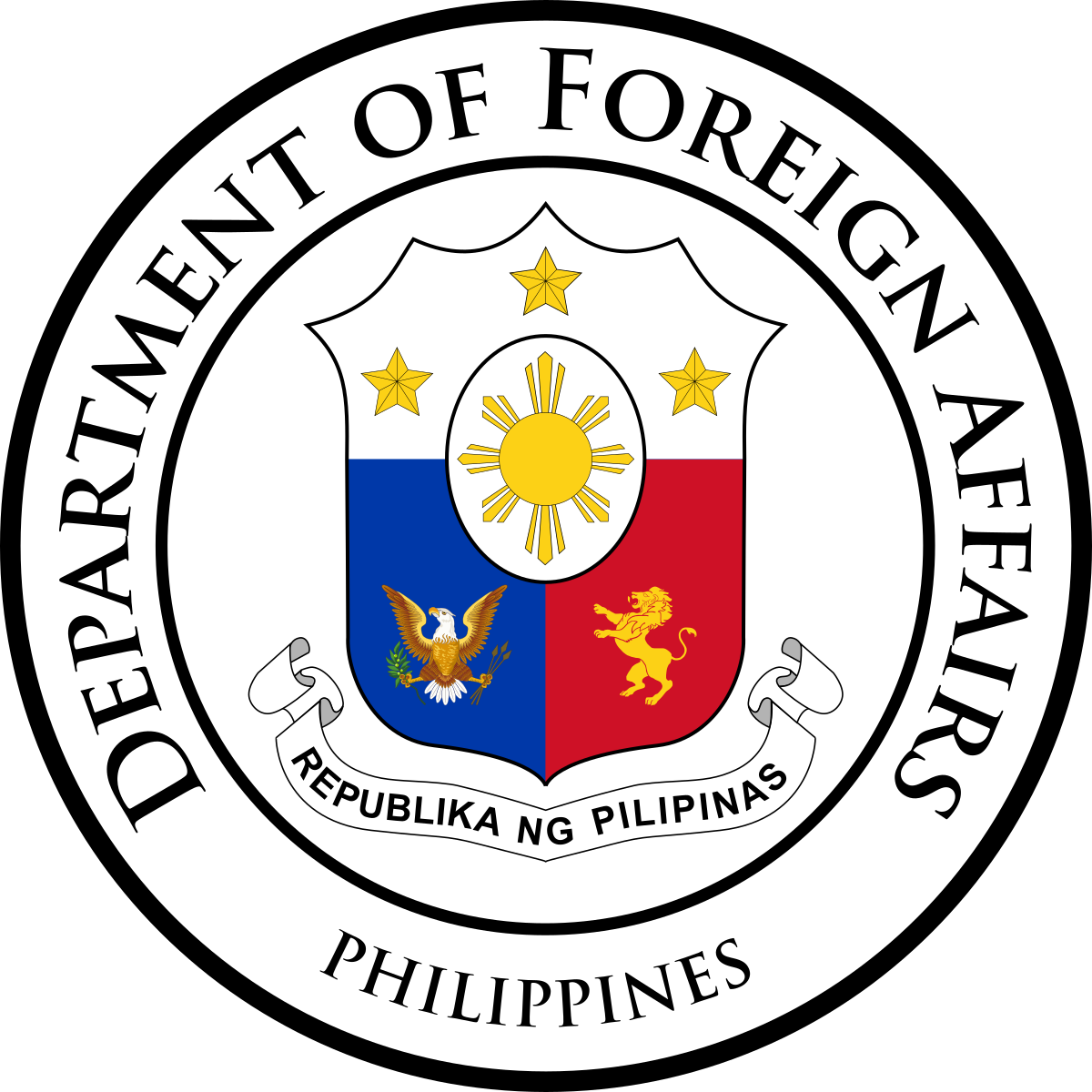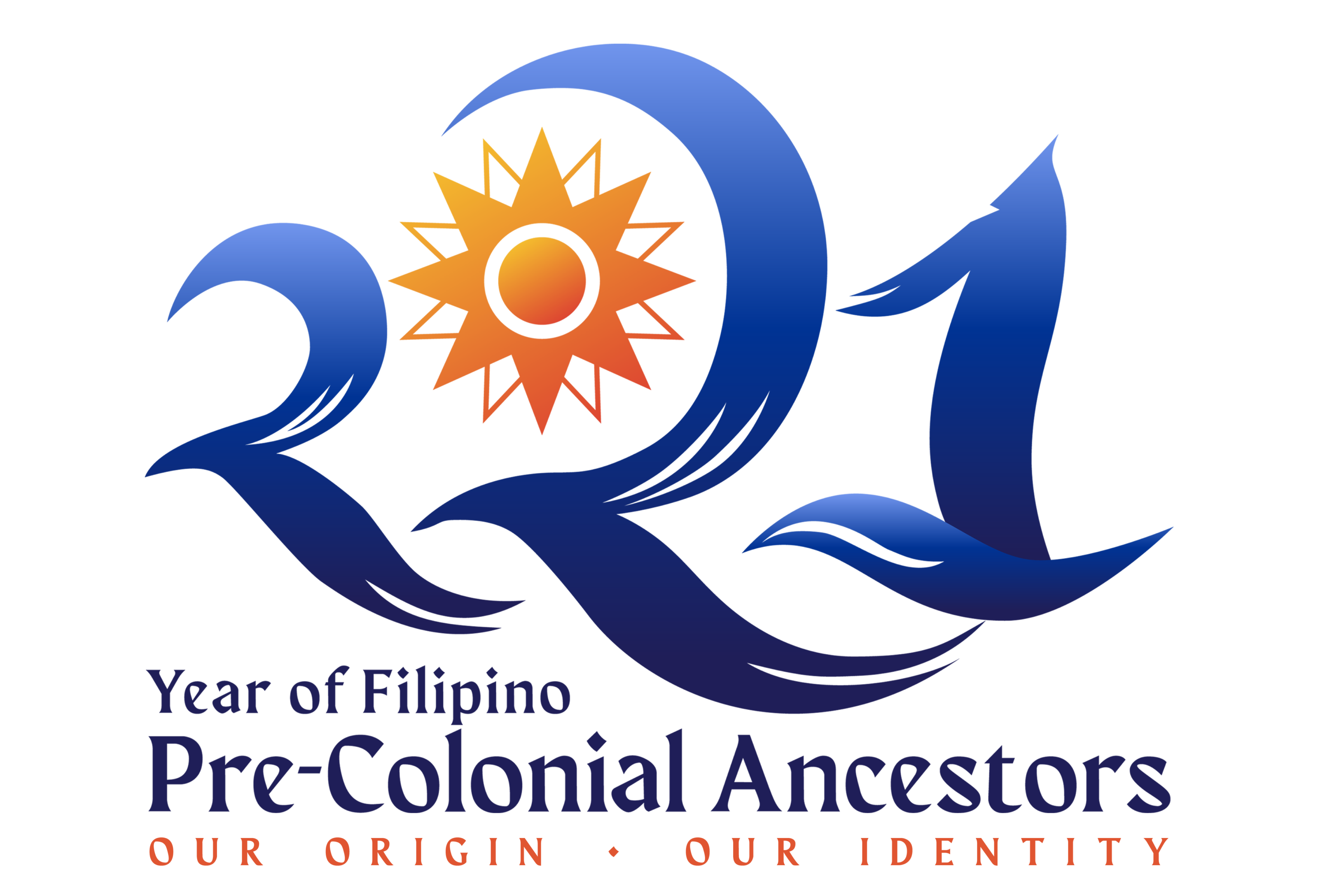Formative Years of Spanish Philippines, 1565-1665
The historical process of becoming the nation Filipinas dates back to half a millennium ago when Imperial Spain established its presence in the Indies, the area stretching from the Pacific, including Island Southeast Asia and Mainland East Asia. Spain would eventually establish its presence in the “nation of islands” where Magellan arrived in 1521, transforming it into the colony of Filipinas where Christianity was introduced, accompanied by imperial expansion on land and people. The arrival of Christianity and colonial rule on the indigenous populations transformed land and people, the foundations of which were set down between 1565-1665, through the instrumentalities of church and state applied to the indigenous communities in the archipelago. It was a two-way process of political and cultural challenges, assimilation and appropriation, at times outright resistances, in the process of “becoming” Filipinas and the Filipinos.
Session Schedule
Panel A: Visayan Society in the 16th Century
Moderated by: Edgar Allan M. Sembrano, Philippine National Historical Society
Philippine National Anthem
Invocation (Ecumenical)
Introduction of Speakers
On the Parity and the Act of Recognition between Magellan and Humabon in 1521
Liwán: Investigating the Colonial Curtailing of the Tattooing Practice of the Visayans in the Early Spanish Period
Hayahay: The Plunder and Breakdown of Bisayan Economy and Society at the Spanish Contact
Open Forum
Panel B: Hispanic Way of Life and Muslim Mindanao
Moderated by: Dr. Marcelino M, Macapinlac Jr., De La Salle University Manila

